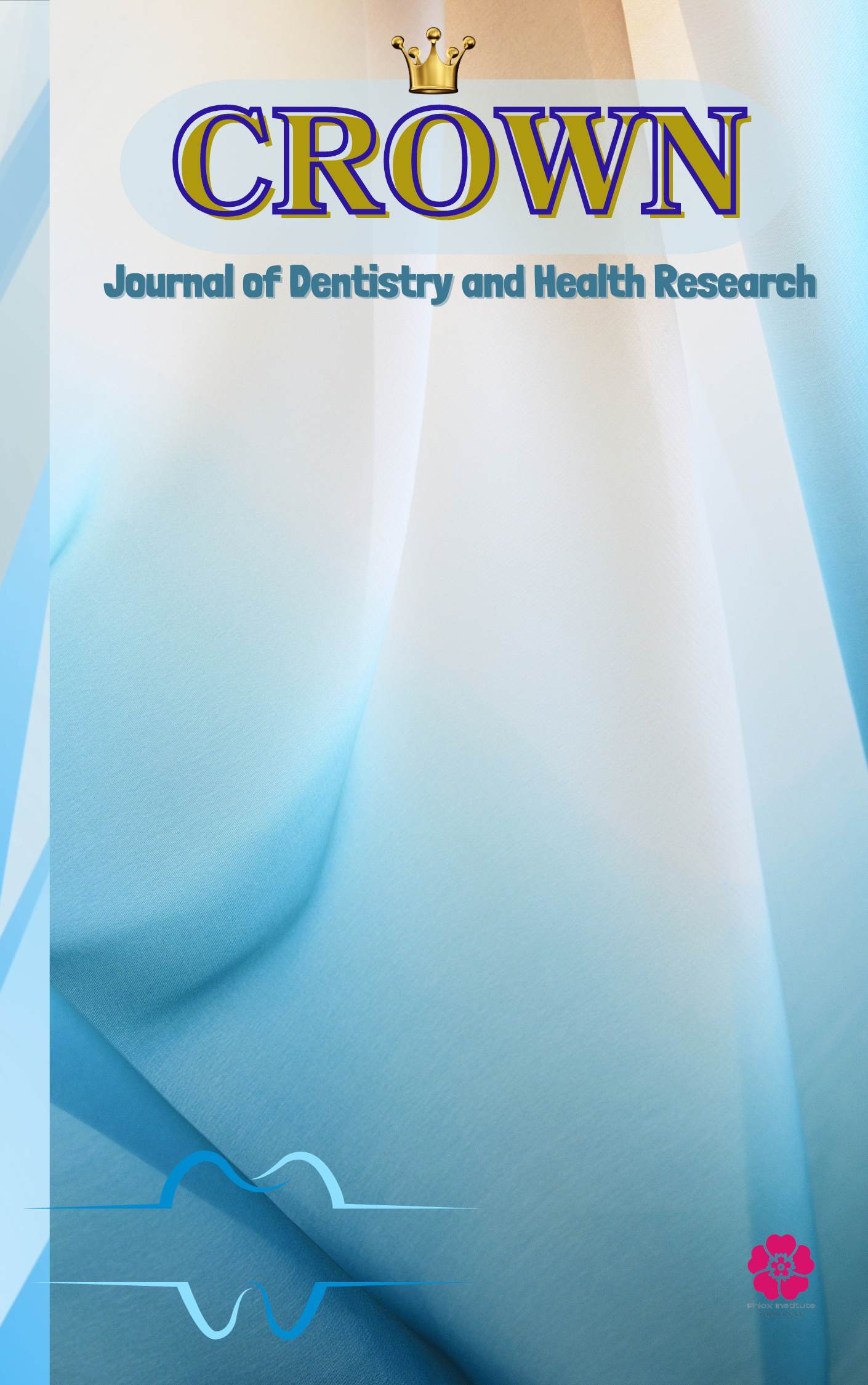Main Article Content
Abstract
Introduction: Streptococcus mutans is a primary etiological agent of dental caries, largely due to its capacity to form robust, acidogenic biofilms. This virulence is critically dependent on glucosyltransferases, particularly GtfB, which synthesizes the adhesive extracellular glucan matrix. Conventional antimicrobial strategies often lack specificity, leading to oral dysbiosis. This study aimed to develop and evaluate a highly targeted CRISPR interference (CRISPRi) system to silence the gtfB gene in S. mutans, thereby inhibiting its cariogenic potential without adversely affecting the viability of key oral commensal species.
Methods: A CRISPRi system, comprising a nuclease-deactivated Cas9 (dCas9) and a single guide RNA (sgRNA) targeting the gtfB promoter, was engineered into S. mutans UA159. The efficacy of gtfB silencing was quantified via qRT-PCR. The consequential effects on bacterial growth kinetics, insoluble glucan synthesis, and single-species biofilm formation were assessed using spectrophotometry, anthrone assays, crystal violet staining, and confocal laser scanning microscopy (CLSM). The ecological impact was investigated in a multi-species biofilm model containing S. mutans and the commensal bacteria Streptococcus gordonii, Streptococcus oralis, and Actinomyces naeslundii, with microbial composition analyzed by species-specific qPCR. All research activities were conducted in Indonesia.
Results: The CRISPRi system induced a profound and specific downregulation of gtfB mRNA expression by over 98% (p<0.001) in the engineered S. mutans strain compared to the wild-type. This silencing did not impair bacterial planktonic growth. However, it led to a significant reduction in insoluble glucan production by 85% (p<0.001) and a corresponding 79% decrease in total biofilm biomass (p<0.001). CLSM imaging confirmed the formation of structurally deficient biofilms with minimal extracellular matrix. In the multi-species model, repression of S. mutans virulence significantly altered the biofilm ecology, resulting in a 65% reduction in the proportional abundance of S. mutans and a concomitant increase in the representation of commensal species, thereby fostering a community structure more aligned with oral health.
Conclusion: Targeted repression of the gtfB gene using a CRISPRi-based approach effectively 'disarms' S. mutans, neutralizing its primary cariogenic mechanism without being bactericidal. This strategy not only attenuates its virulence but also shifts the ecological balance in favor of beneficial commensal bacteria. These findings underscore the therapeutic potential of gene-targeted virulence modulation as a precise, ecologically-sound strategy for the prevention and treatment of dental caries.

